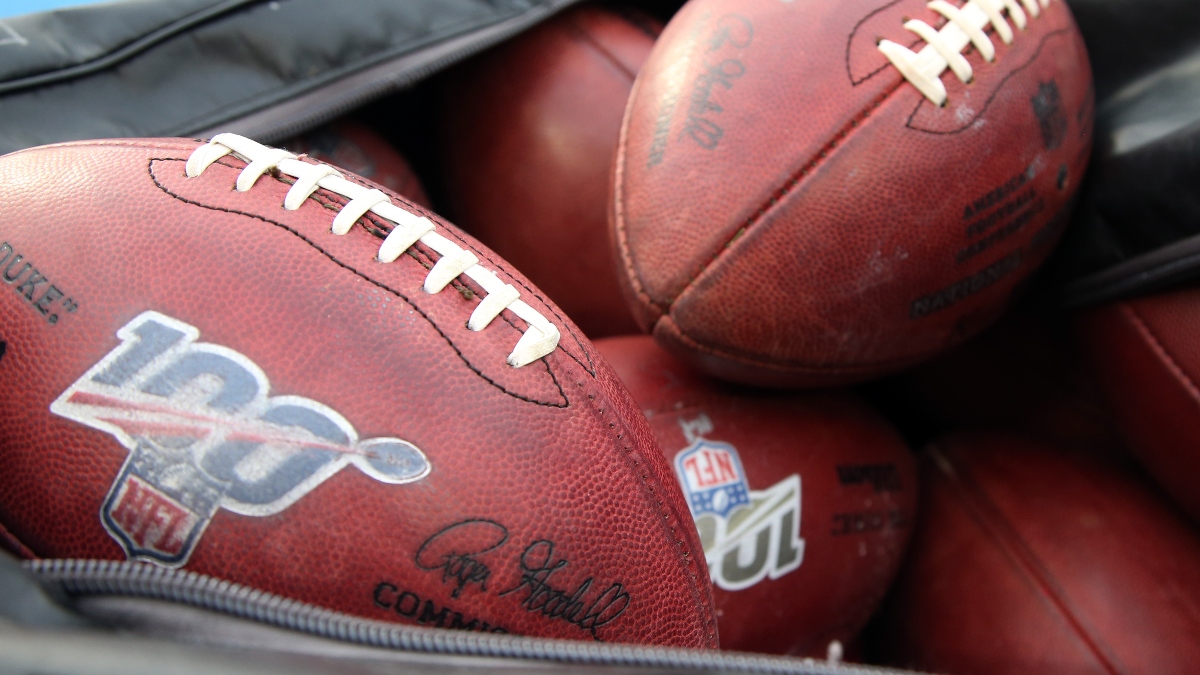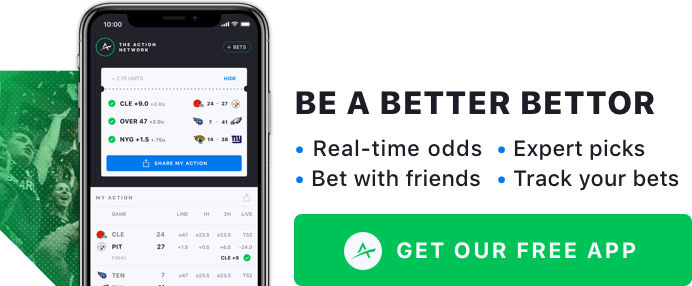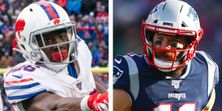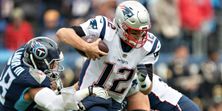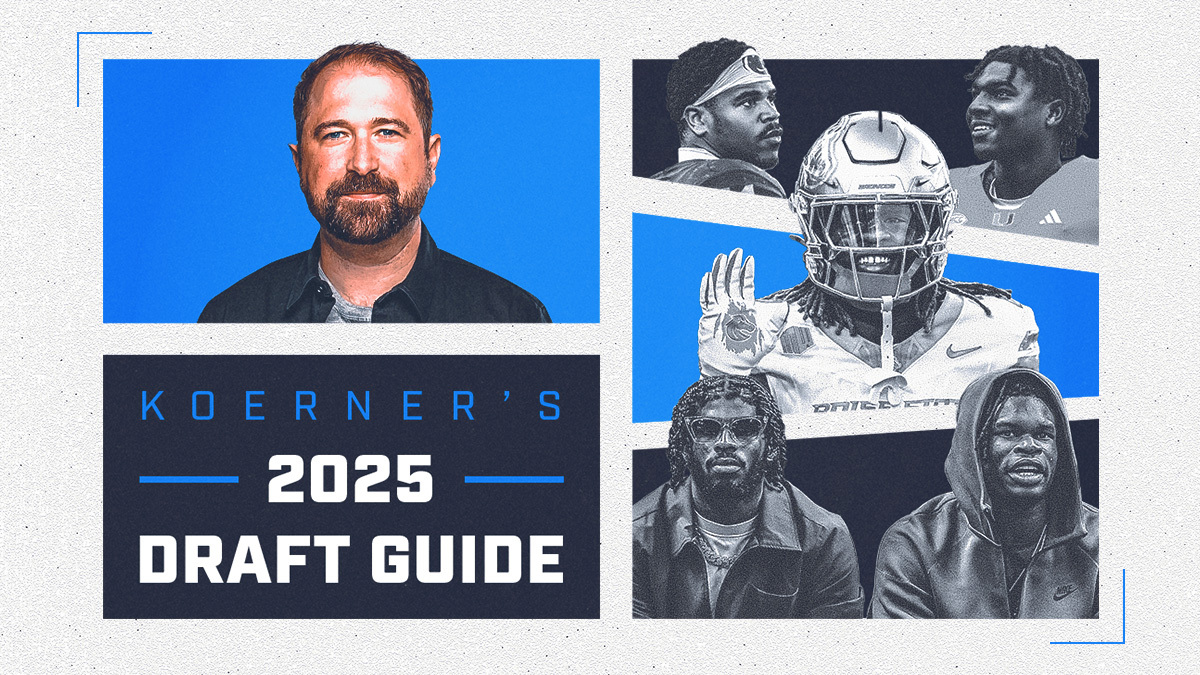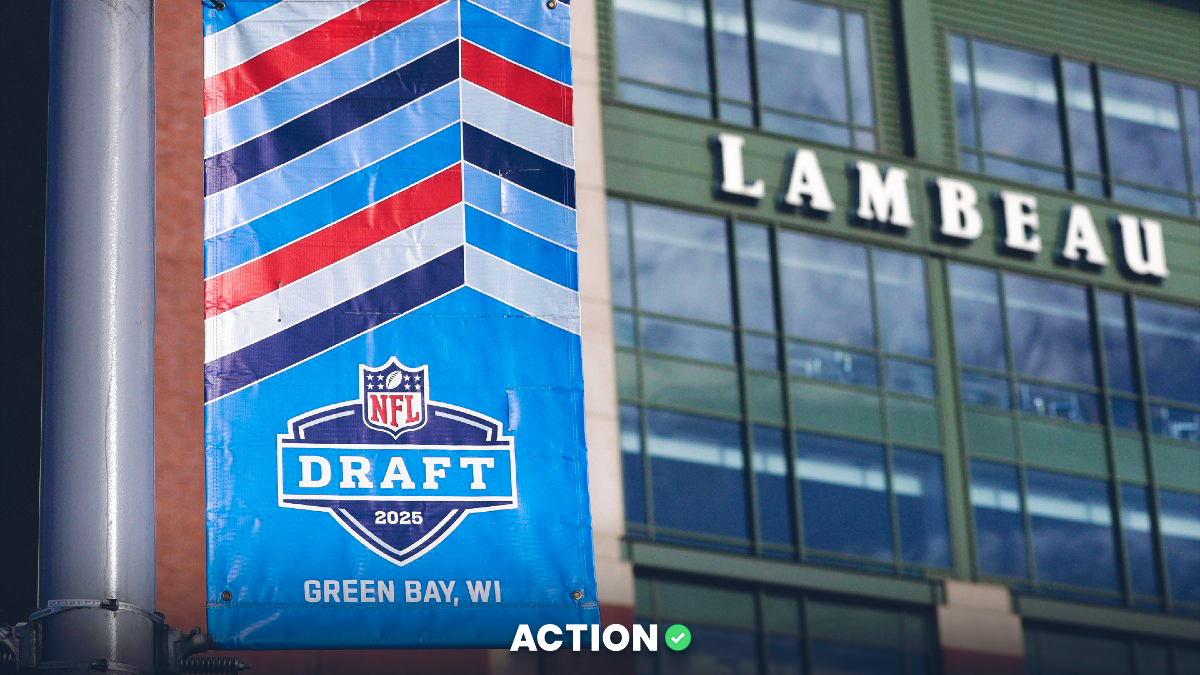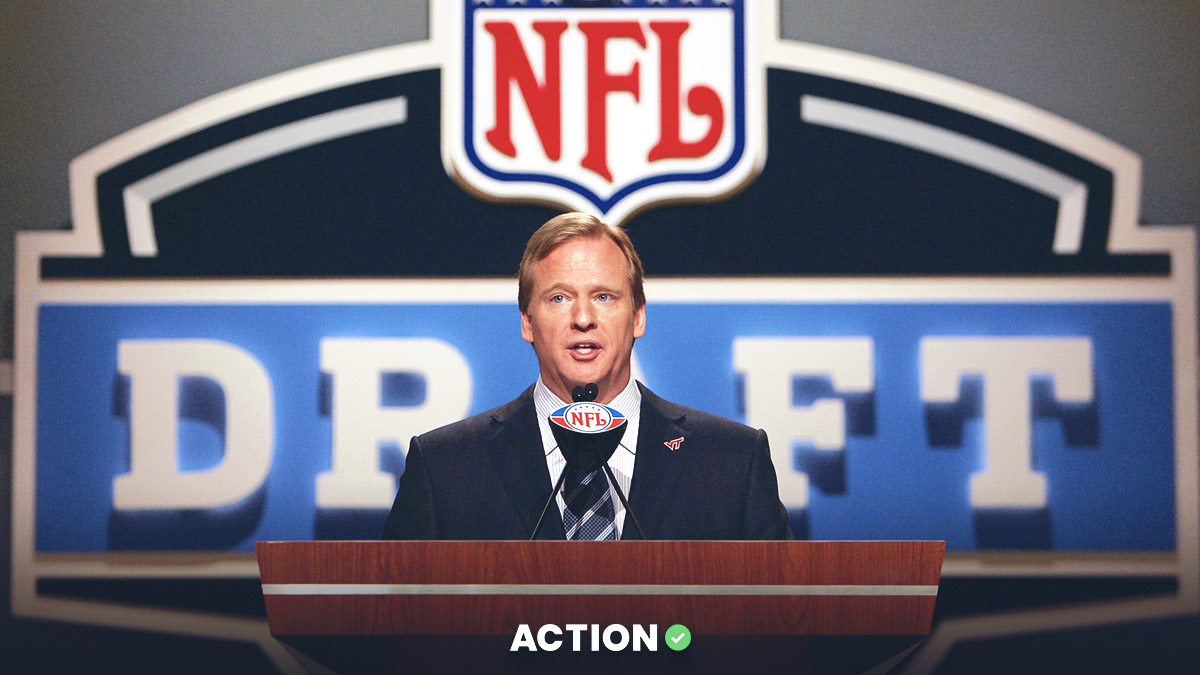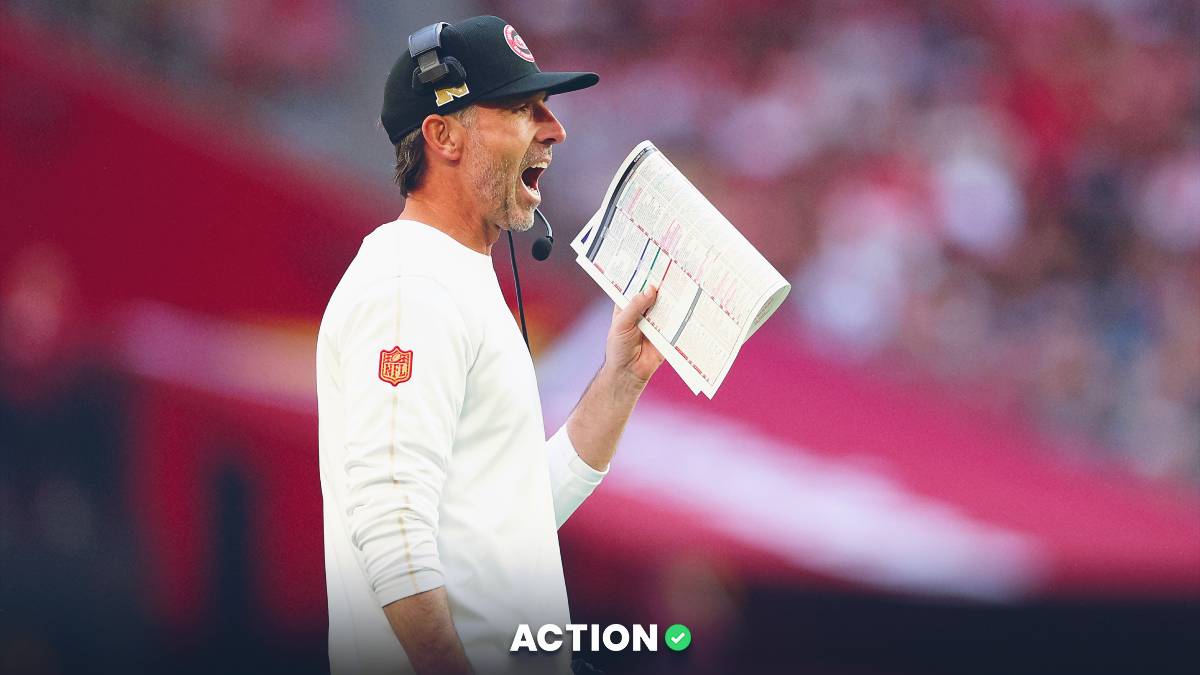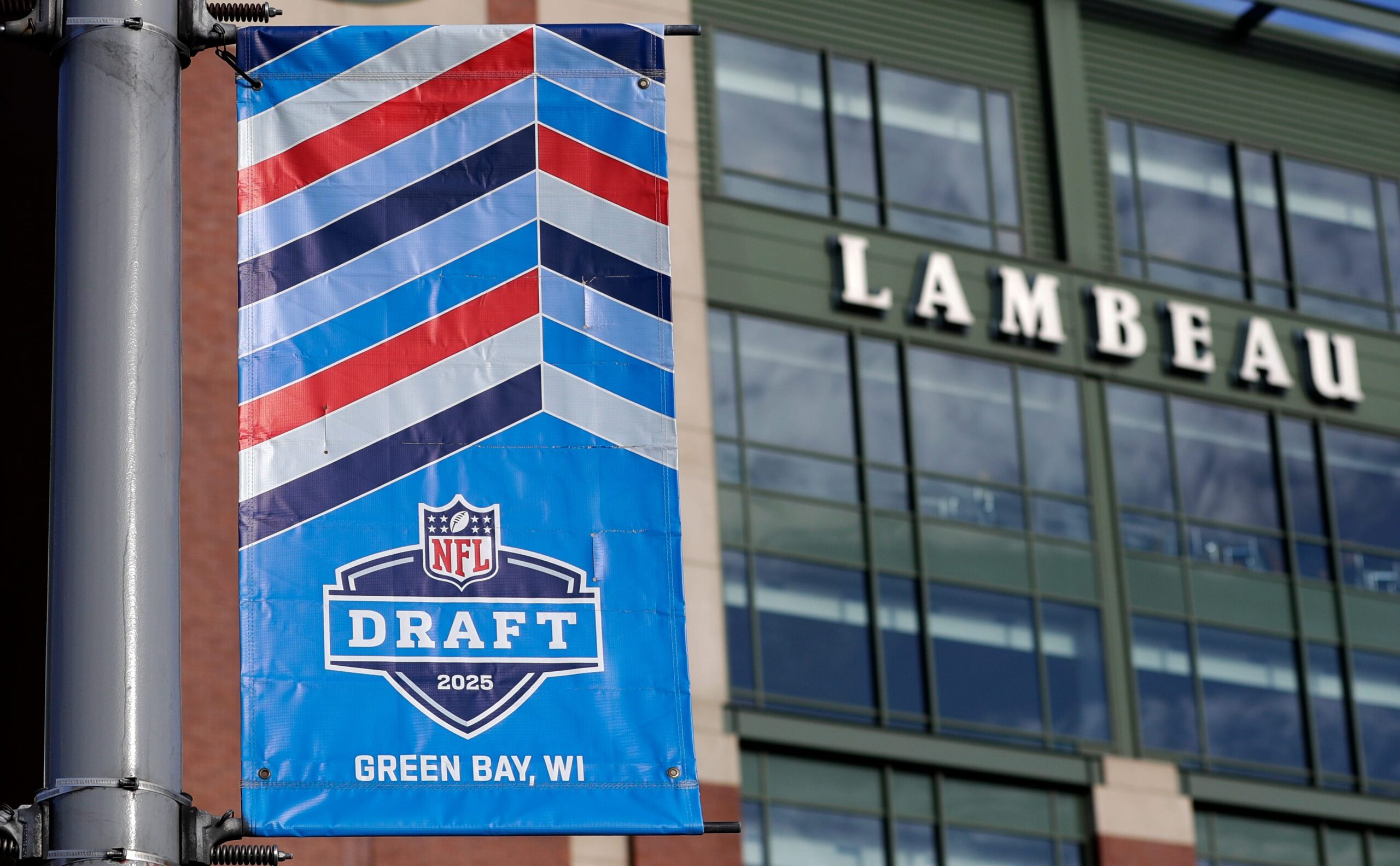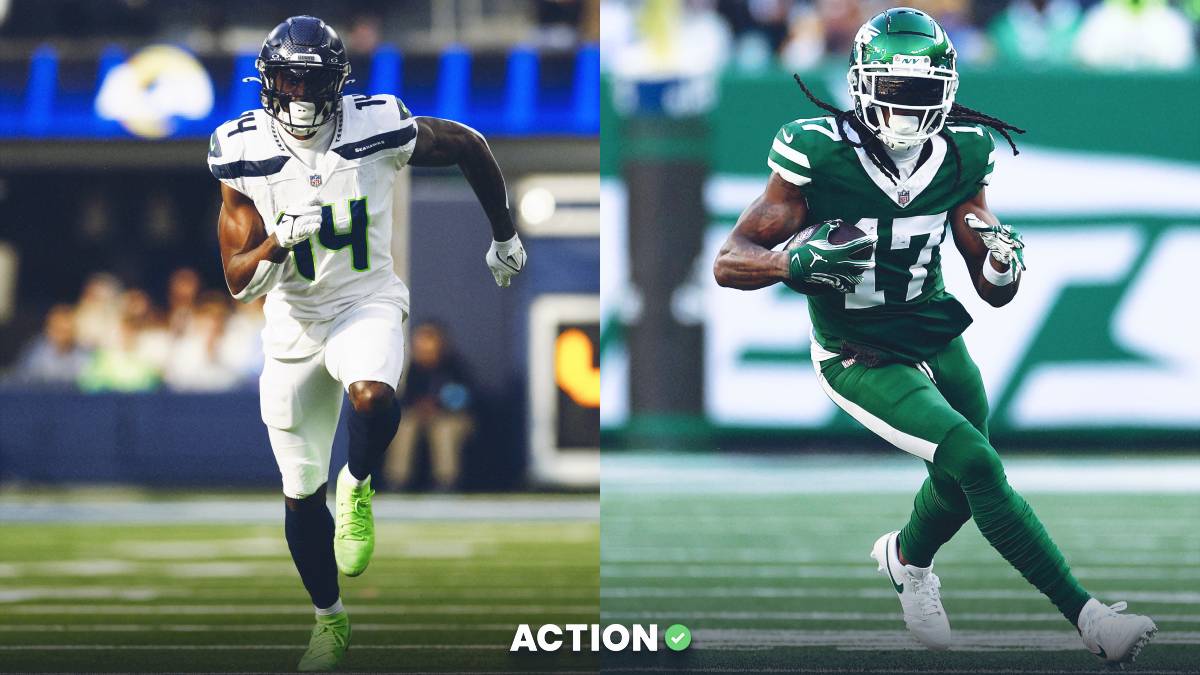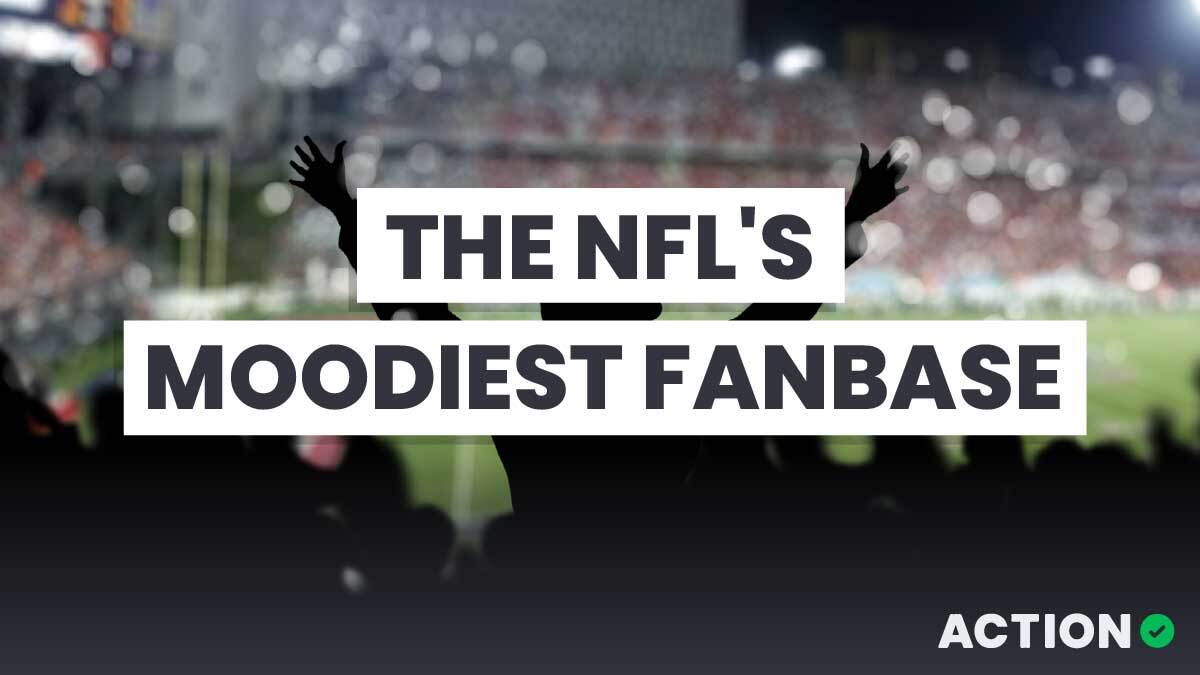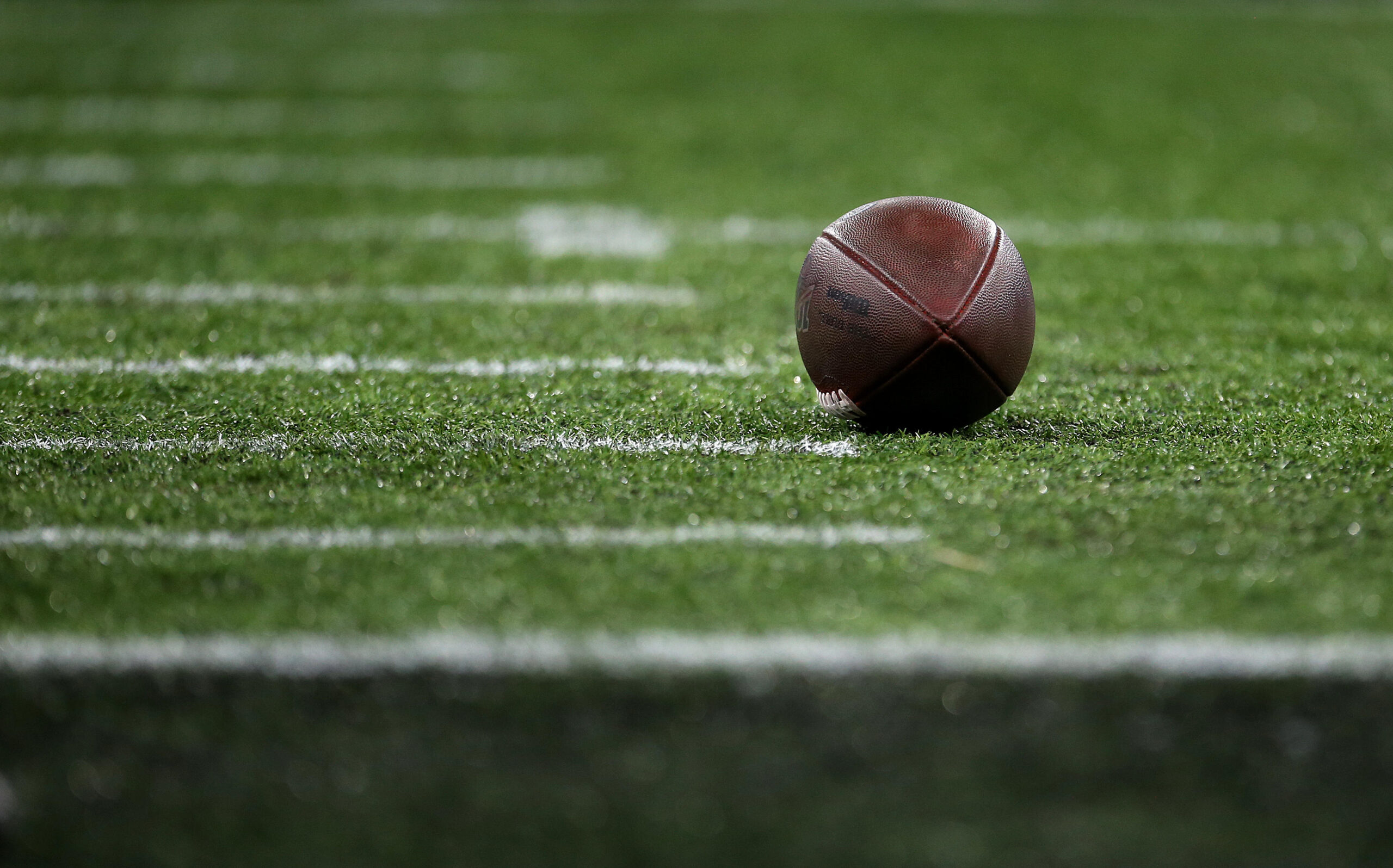The NFL playoffs are here, and whether you're new to betting or just looking for new ways to find an edge in January, our experts are here to guide you.
You'll find their advice for first-time bettors, tips on how to find postseason edges as well as their favorite tools and resources outlined below.
Check out FanDuel, where Action Network users get a risk-free bet up to $500.
NFL Playoff Betting Tips for First-Timers
Stuckey: Don't Overreact to Any One Result
This time of year, NFL lines tend to be pretty sharp, but public perception can still create a bit of value in certain circumstances, particularly after a team comes off an impressive blowout in the postseason.
Everybody is watching and betting on the NFL playoffs, so the overreaction swings on a week-to-week basis can become extreme. Look no further than how teams have performed against the spread (ATS) the week after scoring 40 or more points in the playoffs: They're 6-25-1 ATS since 1980 — that's worse than a 20% cover clip.
Matthew Freedman: Don't Feel as If You Must Bet Every Game
You probably wouldn't bet on every game during the regular season, right? Instead, you'd focus on the portion of games that offer value. The same principle applies in the postseason.
If you want to have action on each contest, that's fine, but do it recreationally with the understanding that you're unlikely to maximize your returns.
Mike Randle: It’s All About the Matchups
Don’t overweight team records from the regular season. Since 2000, there have been four teams that have won the Super Bowl as wild-card teams. It's much more important to analyze matchups and momentum, especially for teams coming off their bye. Over the past decade, there have been eight outright road wins in the Divisional Round.
If an underdog has a defensive matchup advantage, don’t be afraid of a moneyline bet with good odds.
Chris Raybon: Understand Betting Is a Marketplace and Have a Starting Point
This advice is two-fold.
- Oddsmakers generally want to achieve a balance of money on both sides so they don’t have a massive liability on any one result. The lines will move based on how much public money is coming in. The postseason attracts an influx of casual bettors, who tend to enjoy betting favorites and overs, and who tend to be influenced more than they should by recent events (aka recency bias), so the lines will be set and move accordingly.
- Know the key trends that point to where the value lies more generally, and then evaluate the specific game you’re looking to bet through that lens to see whether the general trends apply.
Here are the main trends that I like to keep in mind for the postseason:
- Quarterbacks making their first postseason start tend to struggle. Per my colleague John Ewing, quarterbacks making their playoff debut against a quarterback with at least one previous postseason start under their belt have gone 14-30 straight up and 12-31-1 ATS since 2002.
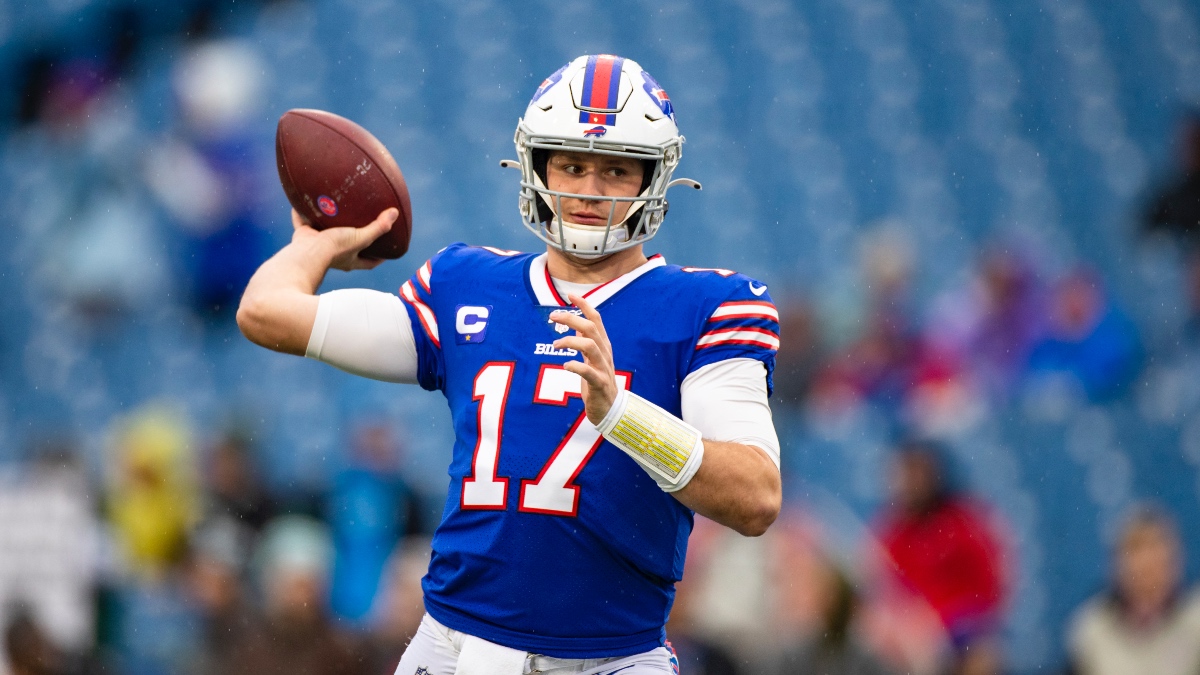
- In (non-divisional) rematches from the regular season, don’t overrate the results of the first meeting when betting the spread. Ewing also breaks postseason rematches down in more detail, but the general takeaway is that spreads tend to be inflated in favor of the team that won or covered the first matchup, though teams that won or covered the first time still perform well straight up.
- Underdogs are generally better bets. Since 2003, regular-season underdogs have gone 2121-2086-131 ATS for a -1.4% Return on Investment (ROI), while postseason dogs have gone 95-76-4 ATS for a +8.6% ROI. Betting underdogs on the moneyline has not only been more profitable in the playoffs than in the regular season, but also more profitable than backing dogs on the spread. Since 2003, regular-season moneyline dogs are 1428-2895-9 for a -3.2% ROI, while postseason dogs are 64-111-0 for a +11.2% ROI.
- Indoor games tend to go over while outdoor games tend to go under. Since 2003, the over is 29-13 in postseason games played indoors. Much of the profitability has come in games with an above-average total (45.5 or higher), in which the over has gone 24-8. On the other hand, the under has gone 73-56-2 in postseason games played outdoors over that span, with much of the profitability coming in the Wild Card Round (34-13), before correcting in the subsequent rounds (39-43).
How to Find an Edge In NFL Playoff Betting
Stuckey: Understand Matchups
As I mentioned above, the NFL market tends to be pretty efficient in the postseason as most models won't find any huge edges from a pure numbers perspective (sans enormous overreactions). Therefore, most of my edges in the postseason come down to understanding certain matchups. (Example: How an offense matches up against a certain zone defense.)
I also think it’s worthwhile to understand if either team will have a significant edge on special teams. Field position and kickers can make all the difference in January.
Glaring coaching mismatches also become even more critical in the postseason.
Freedman: Bet Props
Is it too #OnBrand for me to say that you should bet props in the postseason? Because you should.
For the playoffs, sportsbooks amplify the number and types of props they offer, and many of them provide value. But a word of warning: Don't go overboard with dozens of max bets on props and just a couple of small bets on sides and totals. If you do, you'll probably get your prop limits reduced pretty quickly. I had to learn that lesson the hard way.
Randle: It's All About the Props
I echo Freedman’s thoughts.
As the year progresses, Vegas gets better at their projections and their sides and totals are incredibly accurate. If you've followed a specific team or division throughout the season, you probably have a solid read on what type of teams and situations a player can exceed expectations.
Whether it’s betting an under on a running back yardage total against a stiff run defense, or an over on quarterback passing yards at home against a subpar pass defense, props continue to offer great value during the playoffs.
Raybon: Weight All the Factors
When betting sides/totals/moneylines, the biggest edge is being able to correctly weight all of the different factors that impact a line in order to determine which side offers more value. I generally want to have a baseline of what the "true" line should be based on the matchup and how I think the game will play out.
I then look at some of the postseason trends I mentioned above to determine if I need to adjust based on postseason-specific intangibles, such as the increased likelihood of a first-time quarterback to struggle.
Finally, to gut check my outlook, I look at public betting and money percentages as well as how the line has moved. This essentially helps me view the line from the perspective of the sportsbook, which is generally the sharper side. The books would ideally like to have more money on the side they think is less likely to cover, so I’m not necessarily concerned if I see fewer than 50% of money on a side I like. But if I see the percentage of money on a game is much less than the percentage of bets, I’m more likely to revisit my thought process to see if they’re anything I failed to consider.
>> Find live public betting percentages here
When betting props, I'm aware that because they attract far less action than sides and totals, books aren’t putting as much effort into setting the lines and rely mostly on season-long medians without much adjustment for recent usage trends or matchup.
One thing I tend to notice is that overs are a bit more profitable in the postseason because the lines don’t fully account for a team’s best players seeing higher snap counts in the postseason. We’re also likely to see teams employ game plans that are more opponent-specific than during the regular season, so I’m more aggressive in betting based on which players I think will see more volume or be more efficient based on the defensive matchup.
The Best Resources + Tools
Stuckey: Our Betting Guides
I love combing through our betting guides each week to read my colleague’s thoughts, especially in regards to the biggest mismatches in a particular game. It gives me an opportunity to make sure I didn’t miss anything and forces me to go back and re-evaluate a certain angle.
Freedman: FantasyLabs Player Props Tool
If you bet player props — and you should — the props tool is an indispensable resource. It's powered by the same projections that we use in our FantasyLabs Models.
Since the 2018 regular season, props with a Bet Quality of 10 in the props tool have a 474-311-19 record, good for a hit rate of 59%.
Randle: FantasyLabs Trends Tool
The trends tool is invaluable. We have a massive database of historical salaries and performance data that can be used to identify profitable fantasy trends or player prop opportunities. I often create my own trend to help project player performances, or review the Pro Trends built by DFS pros Peter Jennings (CSURAM88), Jonathan Bales and Justin Phan.
Raybon: Bet Labs and The Action Network App
I love to go into Bet Labs and filter nearly two decades of data to determine if a bet I’m considering has been profitable in the past in similar situations, and I can also use Bet Labs to test new theories for spots that could potentially be profitable.
The Action App is just invaluable when it comes to having everything I need to make a bet at my fingertips at all times. I can view my saved Bet Labs trends there, see public betting and money percentages, compare odds at all of my sports books in order to shop for the best line, see what other Action Network experts are betting and read their content on the games I’m looking to bet, get alerts for line moves I’m holding out for, run analyses on my betting history, and view past stats and trends.
>> Download the free Action Network App


